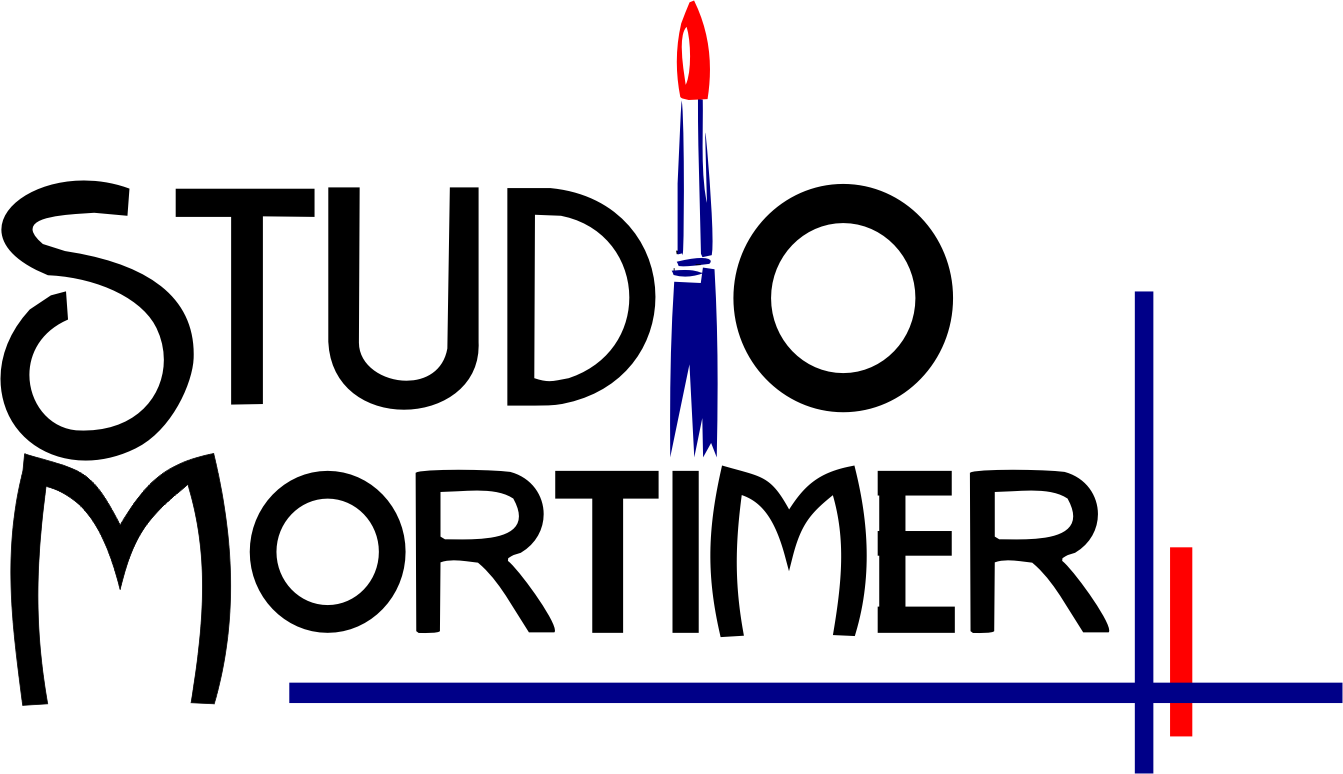Subscribe to Blog via Email
“Let us kill the myth that genius emerges in the young, it’s been found that major creative breakthroughs tend to happen in our late 30s. But new talents can emerge at any point in life.”
Over many years I have frequently heard the saying “I can’t draw a straight line.” however true this saying has become, the full truth is, no one can. Yet in as much as we cannot draw a straight line, everyone can learn to draw, and draw well.
There are many examples confirming my opinion. For example, such artists as V.I. Surikov , M.A. Vrubel, of Russia, Noah Purifoy, Bill Traylor, Mary Delany, began to study academic drawing and painting as adults. And this did not prevent them from becoming the greatest masters in Russian art, rather, it helped in some way. The fact is that they began to paint late, not by their own will, but by the will of external circumstances. But, as soon as the opportunity arose, they began to engage seriously, consciously. Did they encounter difficulties? Yes. And with more than those who started learning earlier. But overcoming these difficulties brought up the will and hard work of the artists, so they became great masters.
What does an adult need to learn to draw?
First, you need to learn how to properly relate to the result of your work. An adult, unlike a child, critically assesses the result of work, immediately sees the flaws. At first, when the skill is not there yet, they become discouraged and sometimes want to give up. They also compare themselves with those younger, thinking they should compete with those who started earlier. This should not be done as adults and youngsters learn differently and at a different pace.
This problem can be solved as follows.
- Training must begin with the simplest tasks. The main thing that a beginner needs to draw is to form the basic skills. These skills can be formed only by performing simple tasks, when the emphasis is not on performing the actual task, but on mastering the technique of drawing and painting.. Therefore, only those tasks are given that are within the powers of the beginning artist. A common misconception of beginners – which is more prestigious to take on a difficult task – subsequently leads to disappointment with the result.
- Phased training involves the transition to new, more complex tasks only when the student is ready to perform them. In the old school this rule was observed very strictly. The student was transferred to the next class after passing the exam, regardless of age.
- Thirdly, you should decide on what to learn to draw ? For yourself, for success in the related profession, to become an artist or something else? How much time are you willing to devote? If the time that a person can devote to drawing is very limited, then it is better to narrow the circle of tasks. For example, learn only drawing in pencil. This is the cheapest medium and its versatility is without question. It is also easily accessible, and paper is cheap and available. It is unlikely that a working person will be able to draw or paint a picture for 3-4 hours a day. But one hour each day is good for even a very busy person. And this is enough to succeed if one practices consistently.
- It is important here to access quality instruction. Search out artists whose drawing is above ordinary, not just persons who are certified, but are qualified in the field and are willing and able to teach, demonstrate and guide with patience. Be willing to pay for the training.
- It seems to many that drawing is easy, but this is very far from the truth. Drawing is hard work and requires much practice and attention. Maybe there really are those who can easily learn. But I think that creativity is, first of all, work . Only by applying effort, you can get a satisfactory result. And the joy of the result is higher, the more labor invested.
Let me hasten to say that there are quite a few studios, and online classes that lure pupils to themselves by advertising fact that they can easily learn the fine arts in just a few lessons. Such advertising, in my opinion, is akin to advertising network marketing companies,and is a dishonest way of milking away people’s money.
YES! as an adult you can learn to draw and draw well.
Remember – “Genius is the ability to renew one’s emotions in daily experience.”
Written by:





Thanks for this info
You are most welcome Racquel. Happy and informative reading.